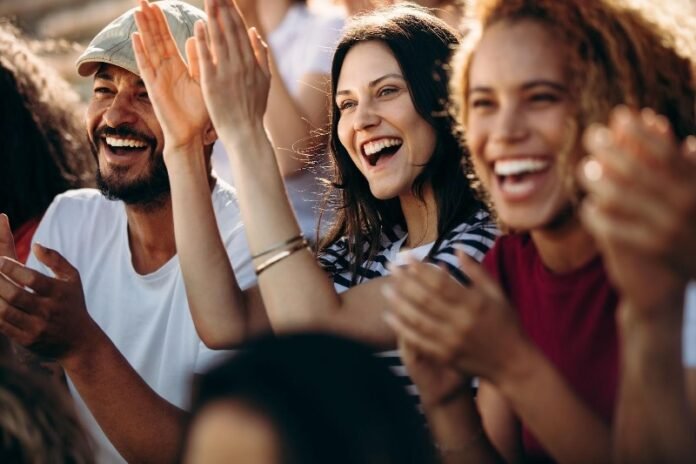Artificial Intelligence (AI), a branch of computer science, is concerned with creating intelligent computer programs which can act and behave like humans. AI has made significant advances in the last few years in areas such as object detection, facial recognition, and natural language processing. Some AI tools, such as DreamStudio AI, are also fascinating. However, AI is still unable to perform many tasks as well as humans. This is especially true for jobs that require artistic talent and creativity.
Let’s learn more about AI-generated art and how it is affecting artists.
What is AI-generated art, and how does it function?
Artificial intelligence is the art created by programs trained to create images at will. These programs were trained by using millions and millions of images. You can prompt them to create new images.
Dall-E probably is the most popular of the new generation of image generators. You may have noticed Dall’E generated images on your timeline after it was released in mid-2022. Dall-E is often given ridiculous instructions to generate silly pictures, such as “Trail cam footage showing a dwarf eating a cat” and “Angry dog sitting in a cave full of tigers, realistic photograph.”
Midjourney and Stable Diffusion are the other AI technologies that are most popular today. All of these digital technologies are the same for the user: you input natural language descriptions, and the AI then generates images based on your instructions. The image can be further refined, or you can create new versions of it.
Anyone can quickly grasp the method, which appears to be simple. Anyone can easily get AI to create incredible artwork in a few minutes. These digital image-generation technologies are incredibly powerful and versatile. These digital technologies can create photorealistic images or paintings in the Van Gogh style, as well as a variety of other artistic styles.
Professional artists and people working in the creative industries are now paused by the speed, accessibility, and quality of the output. Panic. What does it mean for artists’ future if someone without artistic talent can produce such high-quality pieces of art?
Why does Artificial Intelligence not pose a threat to artists?
AI has a narrow intelligence compared to humans, which is referred to as “general intelligence.” Humans can learn and understand new things more easily than AI. AI is good at specialized tasks in a well-defined context. However, when it comes to general intelligence, AI has a big gap.
General intelligence is a great asset for jobs that require creativity. Humans can come up with innovative ideas and look at things from a different perspective. AI is often praised because it can analyze data quickly and come up with logical conclusions, but that ability can be detrimental to jobs that require creative thinking. AI is less likely than humans to come up with something truly original because it relies on data and patterns that already exist to solve problems and make decisions.
AI also lacks emotional intelligence, which is another important difference between humans and machines. Emotional intelligence refers to the ability to recognize and react to emotions, both in yourself and others. It is crucial in artistic careers such as writing or acting because it allows artists to connect on a deeper emotional level with their audiences. AI is unable to replicate the emotional connection that humans have with their audience, so it will never be able to compete in artistic jobs. AI has made great strides since its conception in the 1950s. However, it still has many limitations. One of its biggest limitations is the lack of creativity.
Humans are the original creators of all art. Human creativity has always been at the heart of all art, from the first cave paintings up to the most recent Hollywood blockbuster. AI cannot be as creative as humans. It can come up with new ideas but cannot produce something truly original.
AI is still unable to replicate the complex creative processes of humans
AI is capable of generating innovative ideas, but it can’t yet duplicate the complex processes that go into human creativity. A human painter, for example, must be able to not only select the correct colors and brushstrokes but also understand composition, light, and shadow. AI can replicate some of these processes but not all. Since AI is always trained using human data, it will always fall behind.
AI is not only lacking in creativity but also in the emotional connection humans have to art. Art is a way for us to share our feelings and experiences. AI is not yet able to understand or appreciate emotional connections.
Artificial intelligence is unlikely to be able to replace humans for creative jobs. Instead, humans will create art because we are the only ones who can be creative and emotionally attached to our work. The same applies to AI writing; AI tools are not as creative as a human writer. Thus, they are not a threat to writers or content marketing jobs.








